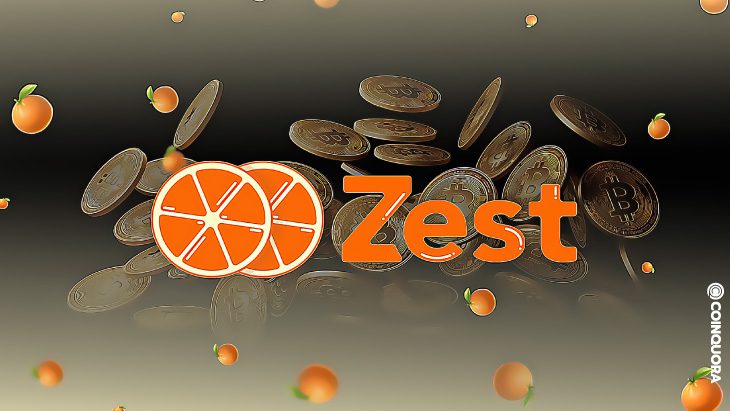- Zest Protocol to launch in Q2 to offer on-chain Bitcoin capital markets.
- Borrowers and lenders just need a Bitcoin address to participate in Zest Protocol.
- The team is getting ready for testnet by the end of Q1 and launch at the end of Q2.
Introducing Zest Protocol — an on-chain Bitcoin capital market that aims to offer undercollateralized BTC loans for institutional borrowers. In other words, it can be referred to as the Orange Bitcoin liquidity for institutional borrowers and Zesty yields for individual BTC lenders.
According to a Twitter post by TychoOnnasch, Zest is committed to building DeFi on Bitcoin. Zest Protocol is designed to offer liquidity providers sustainable Bitcoin yield through professionally managed lending pools. Whereas for institutional borrowers, it offers undercollateralized on-chain Bitcoin financing without constant fear of liquidation.
Zest Protocol intends to turn Bitcoin into a productive asset that will achieve the next wave of institutional adoption. Thus, Zest is attempting to bring the lending market on-chain by bootstrapping an on-chain Bitcoin yield curve.
What’s more, borrowers and lenders only need a Bitcoin address to participate in the Zest Protocol. Upon that, pool delegates interact with the Stacks network to whitelist borrower BTC addresses and manage liquidations.
However, in the future, Zest’s team plans to issue tokenized receipts of Bitcoin loans to lenders. In turn, it will create fixed-income Bitcoin bonds that can be traded on secondary markets. It will also be fully non-custodial and these bonds will be fully composable across DeFi.
The Zest team says they are working on the contracts at the moment. In addition, they expect to be ready for testnet by the end of Q1 2022. More than that, Zest will be going through multiple audits and will launch at the end of Q2.
At this stage of development, the Zest team announces that it is open to institutions looking for Orange liquidity or Zety yields. To cap all, they are exploring partnership opportunities with pool delegates, borrowers, and liquidity providers.


